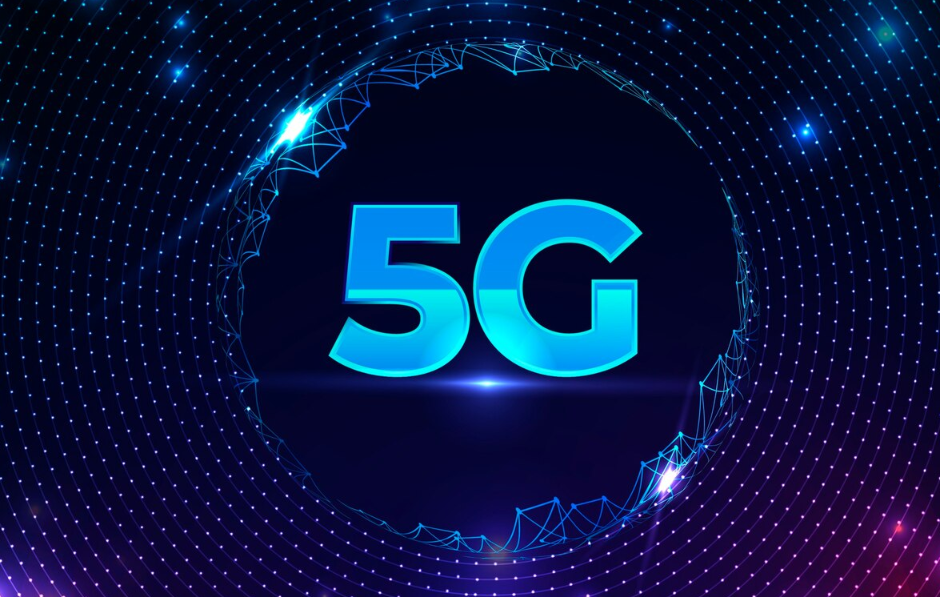The world of mobile connectivity is undergoing a revolutionary transformation with the rise of 5G technology. No longer just a buzzword, 5G is now a reality in many parts of the world, reshaping how individuals and businesses connect, communicate, and operate.
In this article, we’ll explore what 5G really is, how it differs from previous generations, and what it means for consumers and businesses alike.
What is 5G?
5G stands for the fifth generation of mobile networks. It’s designed to be faster, more responsive, and able to connect far more devices at once than previous networks like 4G LTE.
Key features of 5G include:
-
Increased Speed: Up to 100 times faster than 4G.
-
Lower Latency: Response times as low as 1 millisecond.
-
Greater Capacity: Supports many more connected devices without slowing down.
-
Improved Reliability: More stable and consistent connections, even in crowded areas.
How 5G Differs from 4G
While 4G focused mainly on faster mobile internet, 5G is about much more:
-
Speed: While 4G offers speeds around 100 Mbps, 5G can exceed 10 Gbps.
-
Latency: 4G has a latency of 30-50 milliseconds; 5G cuts it down to as low as 1 millisecond.
-
Device Connectivity: 5G can connect 1 million devices per square kilometer, perfect for smart cities and IoT (Internet of Things).
Impact of 5G on Consumers
1. Ultra-Fast Internet Everywhere
Downloading a full HD movie in seconds or streaming 4K videos with no buffering becomes a reality with 5G.
Example:
-
Imagine downloading an entire Netflix season during your morning commute!
2. Enhanced Mobile Gaming
Gamers can experience lag-free online gaming on mobile devices. Cloud gaming services like Xbox Cloud Gaming and Nvidia GeForce Now will become smoother and more accessible.
Example:
-
Mobile eSports tournaments could be held without wired connections.
3. Smarter Homes and Cities
5G enables real-time control of smart home devices, and helps cities manage traffic, public safety, and utilities more efficiently.
Example:
-
Smart streetlights that adjust brightness based on real-time pedestrian traffic.
4. Augmented and Virtual Reality Experiences
AR and VR applications need ultra-low latency, and 5G can deliver that, paving the way for real-time virtual concerts, remote surgeries, or educational experiences.
Example:
-
Students can visit a museum virtually with an almost real-life feel.
Impact of 5G on Businesses
1. Boosting Remote Work and Collaboration
Faster speeds and lower latency mean video calls, remote working tools, and collaboration platforms work seamlessly, no matter where employees are located.
Example:
-
Remote teams can work with VR/AR collaboration tools in real time.
2. Industry 4.0: Smart Manufacturing
5G allows manufacturers to automate and control machinery remotely, enabling smart factories with predictive maintenance and real-time analytics.
Example:
-
Robots and drones working together on a factory floor without cables or Wi-Fi dependency.
3. Healthcare Innovations
Telemedicine will reach new heights. Doctors can monitor patients remotely with real-time data or even perform surgeries via remote robotic arms.
Example:
-
A specialist in London could guide a robotic surgery in a remote African village.
4. Transportation and Autonomous Vehicles
Self-driving cars need fast communication between vehicles and infrastructure. 5G can provide the ultra-low latency required for real-time decision-making.
Example:
-
Cars communicating instantly to prevent accidents and optimize traffic flow.
Challenges and Concerns with 5G
Despite its promise, 5G comes with its own set of challenges:
-
Infrastructure Costs: Building 5G networks requires huge investments in new equipment and towers.
-
Security Risks: More connected devices mean a greater attack surface for cybercriminals.
-
Health Concerns: Although scientific consensus shows 5G is safe, some groups still express concerns about radiation exposure.
-
Device Compatibility: Consumers will need 5G-capable phones and devices to fully experience its benefits.
5G Applications We Can Expect Soon
-
Smart agriculture: Drones and sensors will monitor crops in real time.
-
Smart cities: Real-time monitoring of air quality, traffic, waste management.
-
Immersive media: 360-degree VR sports broadcasts and concerts.
-
Remote education: Virtual reality classrooms with real-time teacher-student interaction.
FAQs About 5G
Q1. Is 5G available everywhere?
No, 5G is still being rolled out globally. Urban areas are usually the first to get access, while rural areas may take more time.
Q2. Will 5G replace Wi-Fi?
Not immediately. 5G and Wi-Fi will likely complement each other, with Wi-Fi used for indoor connectivity and 5G for outdoor mobile access.
Q3. Does 5G drain battery faster?
Early 5G devices did consume more power, but newer 5G phones are becoming more energy efficient.
Q4. Are 5G phones expensive?
Initially, 5G phones were premium devices, but now many affordable 5G smartphones are available.
Q5. Is 5G harmful to health?
According to the World Health Organization (WHO) and numerous studies, there is no evidence that 5G poses any health risks.
Conclusion
5G is much more than just faster internet; it’s a technological revolution that will change how we live, work, and interact with the world. From smoother mobile experiences for consumers to entirely new business models and innovations, 5G’s potential is massive.
As 5G continues to expand globally, now is the perfect time to prepare — upgrade devices, explore new technologies, and be ready for a future that’s truly connected like never before.
